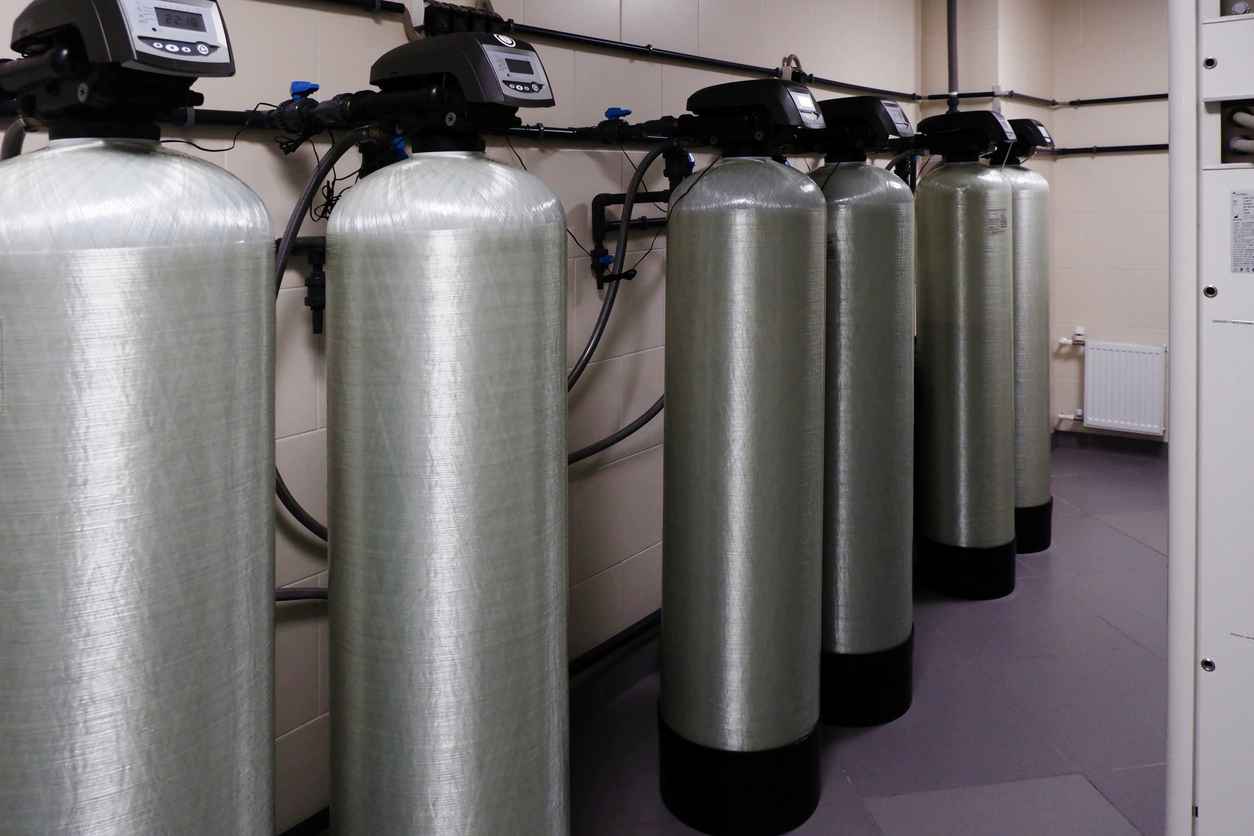Call or Text
801-438-4793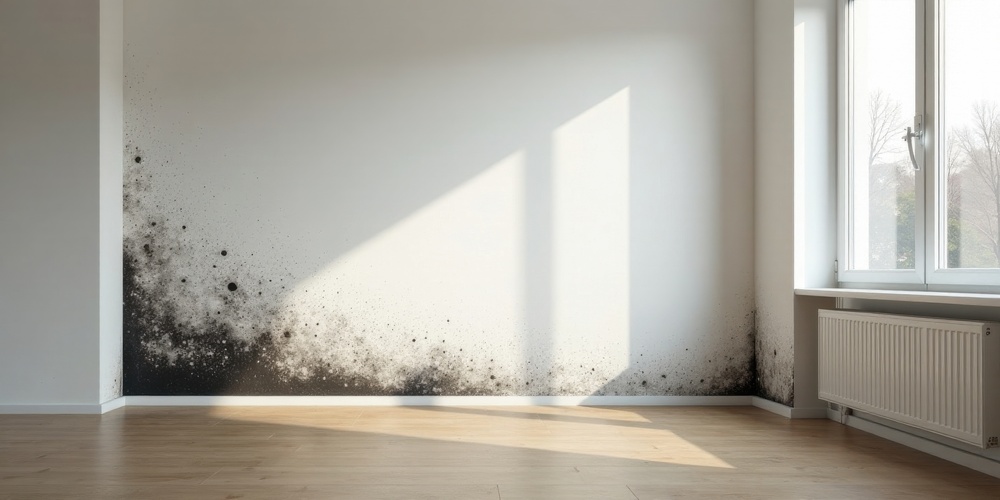
How to Prevent Mold in a Utah Home After Plumbing Repairs
September 11, 2025
An ideal situation following plumbing repairs would be everything returning to normal, just as if no repair had ever been made. But this is Utah. We know the combination of our weather and natural environment can lead to some funky things after pipes have been opened up or drains have been cleaned.
You’re unlikely to have any mold problems following a professional repair from a plumbing contractor like Superior Water & Air. But if you’re doing minor repairs on your own, mold is something you need to pay attention to. Once mold gets embedded, it is very difficult to remove.
Utah homeowners can prevent mold growth after plumbing repairs by doing three things:
- Immediately removing moisture
- Improving ventilation
- Implementing proper cleaning protocols
We are going to look at each one in more detail. As you read, we hope you’ll keep Superior Water & Air in mind for all your plumbing repairs throughout the Salt Lake City and Washington regions.
1. Removing Moisture
Mold needs water to grow and thrive. So immediately removing all sources of moisture is important. Did you use rags or towels to soak up leaking water? Remove them from the space and deal with them right away. Hang them outside to dry or throw them in the washing machine and dryer.
Don’t leave standing water in a pot, pan, or plastic tub. Empty and dry it out immediately. It’s also important to check the repair regularly for a couple of days to ensure there are no small leaks. This is especially important under sinks, where minor leaks can soak cabinet floors and make them a breeding ground for mold.
Finally, any drywall, insulation, or carpet that got soaked with water prior to the repair might not be salvageable. Wet building materials are like a magnet for mold. You are better off removing and replacing them.
2. Ventilate the Space
Ventilation is an excellent tool for preventing mold following plumbing repairs. For something like a minor leak under the sink, blowing air into the space with a fan can dry things out fairly quickly. If you’ve experienced larger leaks that soaked walls and carpets, do a combination of two things:
- Open windows at either end of the house to create a cross breeze; and
- Use as many fans as you can to pull fresh air in from one side of the house and blow it out the other side.
The more quickly you can dry things out, the less likely you are to have mold problems. Ventilation is the easiest way to accomplish this. If you’ve experienced a leak in the dead of winter, fully open windows and fans are out of the question. But you can still crack a few windows and turn up your thermostat for a few hours until things dry out.
3. Implementing Cleaning Protocols
In addition to removing moisture and improving ventilation, you can never go wrong by properly cleaning the area around the repair. Even though it looks clean, it could harbor small mold spores you cannot see with the naked eye.
Use an EPA-registered cleaning solution designed to kill mold. Use it on any and all surfaces that were exposed to water. Also keep a close eye on any developing stains. At the earliest signs of mold growth, call in a professional to handle it.
You probably won’t have concerns about mold after a professional plumbing repair. But if you do your own repairs, mold is something you have to be careful about. It can be a real hassle. Don’t take your chances.
Recent News
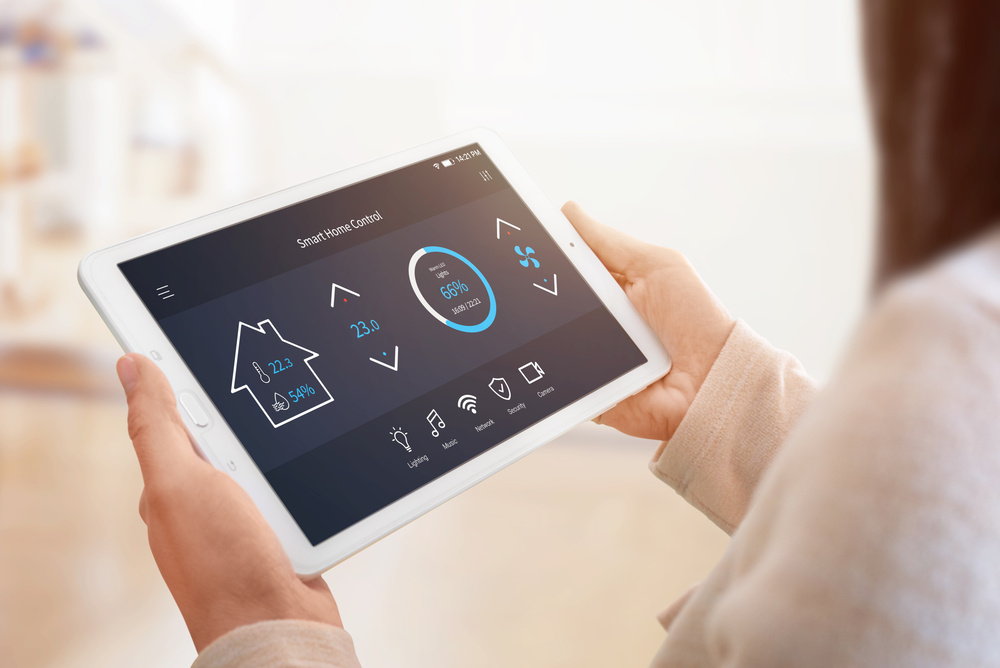
A Utah Homeowners’ Guide to Smart Thermostats
September 10, 2025
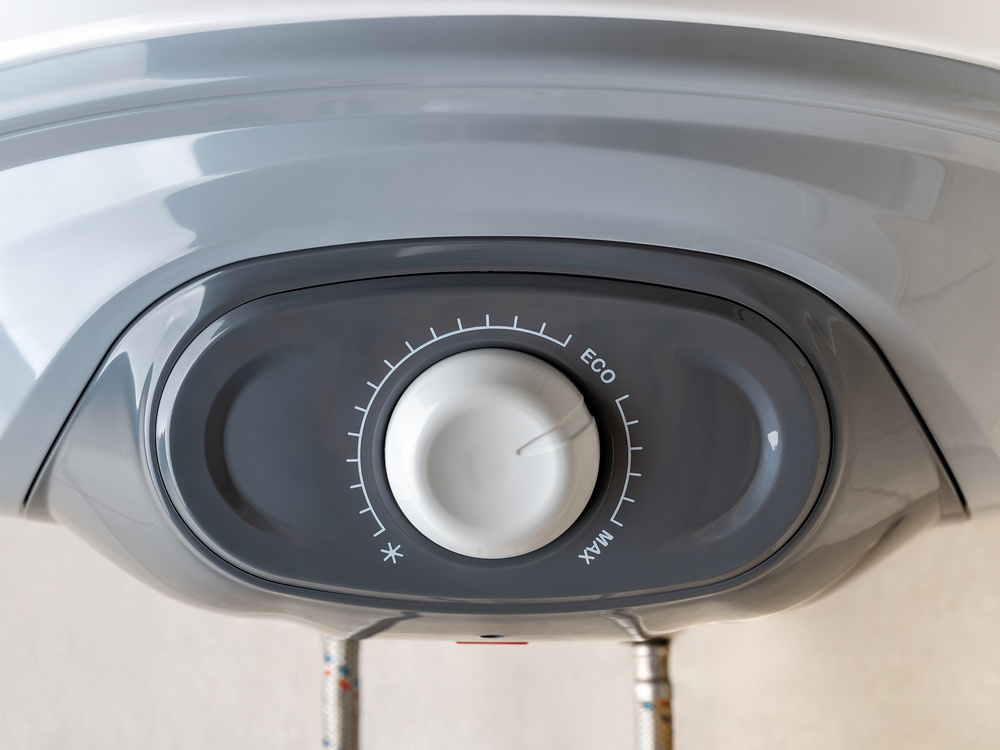
My Water Heater’s ECO Switch Keeps Tripping – What Does It Mean?
August 21, 2025
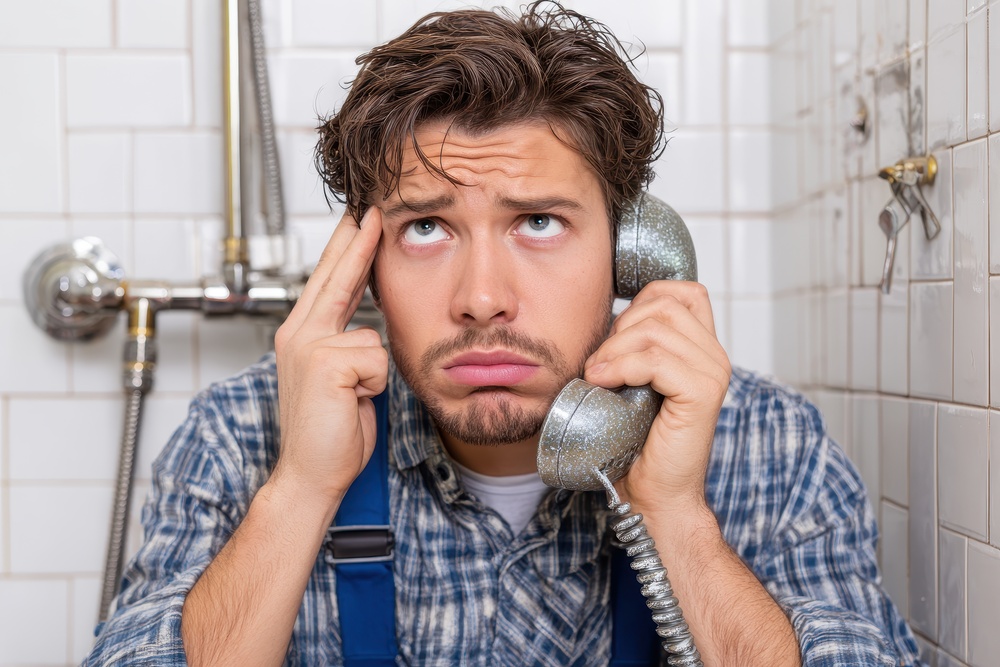
Calling a Contractor for HVAC Services Shouldn’t Be a Nightmare
August 20, 2025

7 Hidden Fittings That Make Your Plumbing Work
July 21, 2025
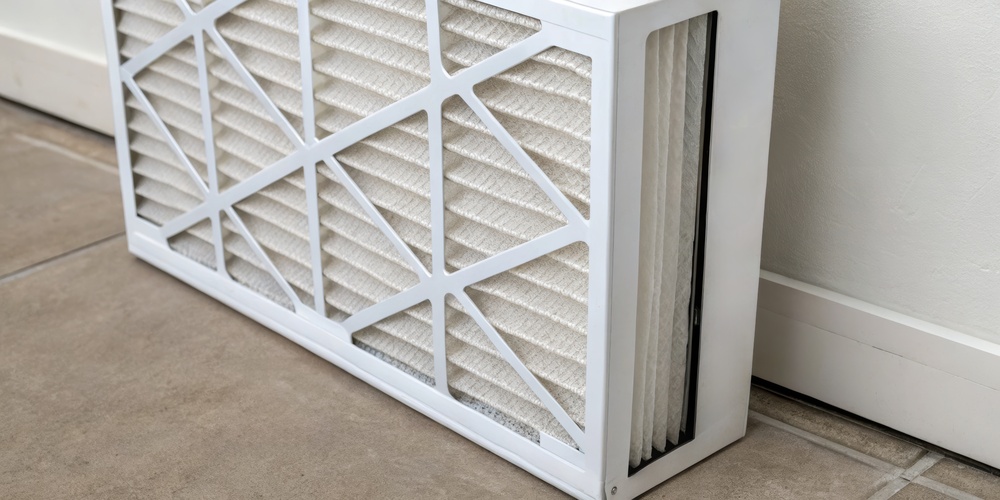
Never Underestimate the Value of Your Furnace and AC Filter
June 25, 2025
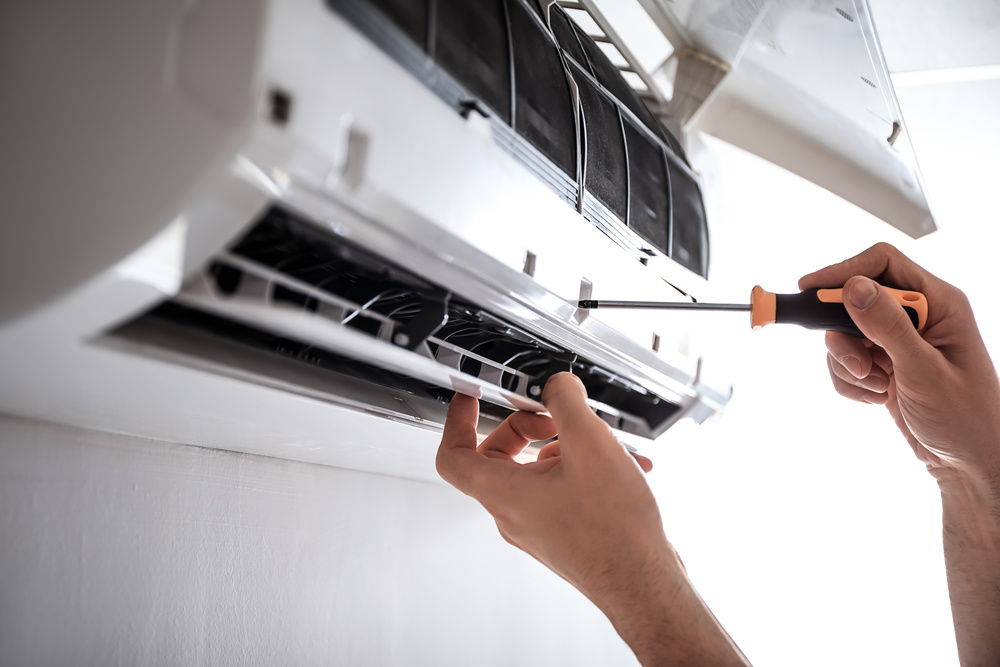
Does the Need for a Recharge Indicate I Need AC Replacement
June 24, 2025
